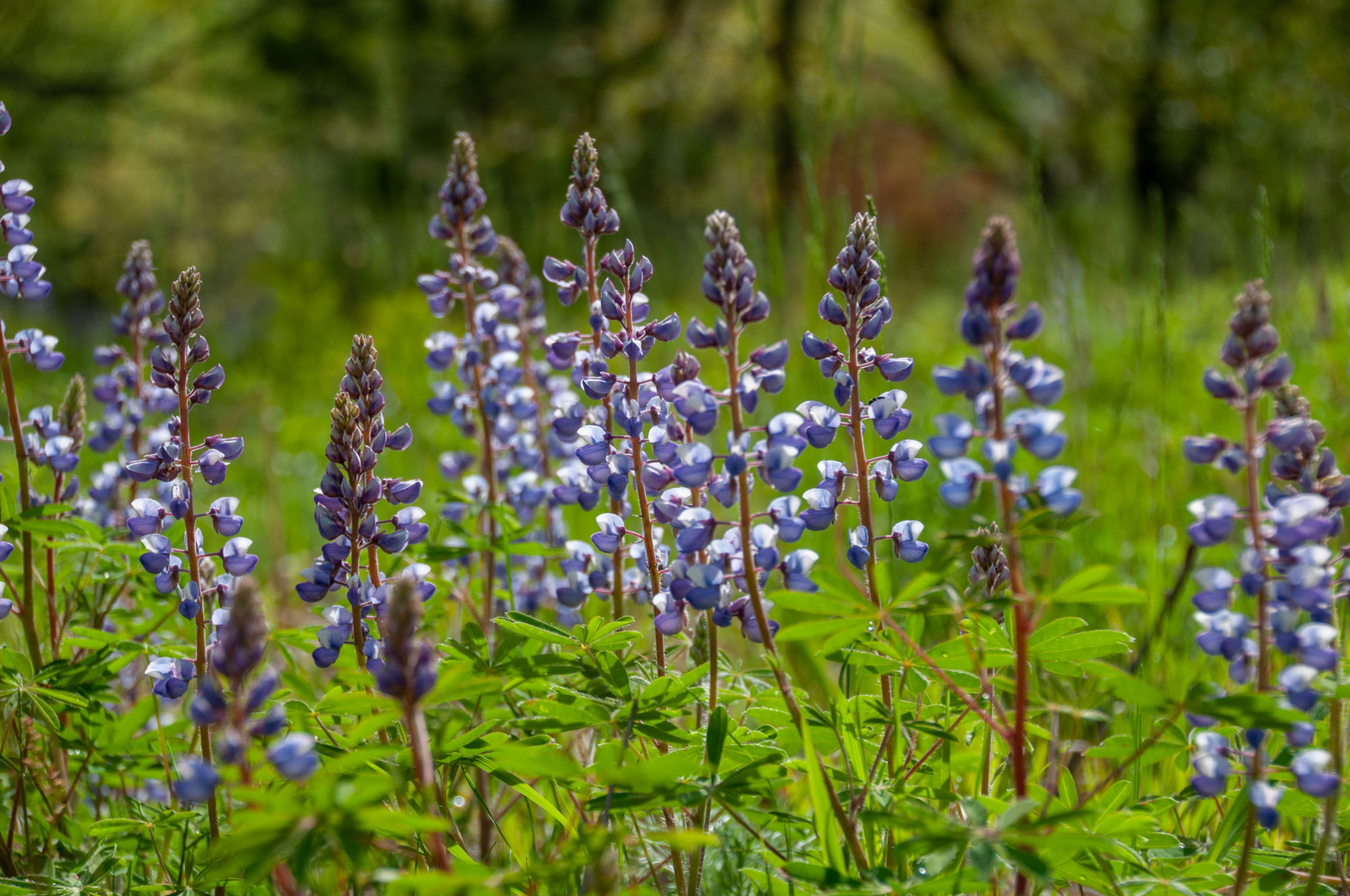
How To Support Pollinators At Home
By Alexandra Sixt
It’s summer, which means pool days, backyard barbecues, and . . . bugs! Yes, right around this time of the year, millions of bugs can be seen flying about, typically near flowers, and enjoying the warm summer sun. You may cringe at the thought of the tiny creatures that buzz around your glass of lemonade, but they’re actually incredibly essential workers that need our protection. Some of the bugs you may see outdoors such as bees or butterflies have important jobs as pollinators. Pollinators play a special part in our environment and food system, and they’re responsible for one out of every three bites of food we eat. However, many pollinator species are currently threatened due to habitat loss, pesticide use, and climate change.
Fortunately, there are a number of ways you can support our pollinators from your very own backyard, porch, or balcony. Helping to protect our pollinators is typically affordable, or completely free! Here are some practices you can implement at your home to support pollinators.
1. Plant a pollinator garden
Pollinators need a variety of flowering plants that provide nectar and pollen to feed on from spring to fall. Try to populate your garden with a variety of plants that bloom throughout the summer and fall season to provide constant food for your winged visitors. Choose native plants when you can, and cluster plant species together to make them easier to find. Native plants will vary by your location, but some great examples of pollinator-friendly species to plant are bee balm, milkweed, and blue vervain. You can find more inspiration for species to plant here.
2. Build a bee house
Yep, it might sound odd, but bees and other pollinators need shelter, too! Nesting blocks are a great option to add to your garden to support pollinators (they need rest, too) and luckily, they aren’t very difficult to create. Feel free to use recycled wood or logs to build one, and drill small holes that bees will be able to fly into. Add a sloped roof to keep any rain from soaking into the house, and place the house a few feet off the ground- welcome mat optional.
3. Avoid the use of pesticides
It comes as no surprise that many pesticides (including fungicides and herbicides) can be harmful to pollinators. When possible, choose other options to keep weeds and other nuisances at bay such as handpicking, netting, or barriers. If you absolutely must use a pesticide, choose one of low toxicity that is also biodegradable and won’t bother any potential garden visitors!
4. Provide water
Especially as the weather continues to warm up, pollinators need a source of moisture to help keep them collecting nectar. While a birdbath is a great option for avian species, their tinier pollinator counterparts may drown in a large dish of water. To support pollinators with a water source and keep them safe, fill a shallow dish with stones or marbles, then fill with water. The stones will give smaller visitors a safe place to perch and hydrate without the risk of falling in.
5. Spread the word
One of the best ways to support pollinators is to educate others. It’s a common misconception that supporting pollinators in your yard is difficult, but the reality is, it’s fairly easy and inexpensive. Share information across social media, visit events that support pollinators (such as a native plant sale) and add conservation practices into your life whenever possible. The smallest practice can make a huge difference!
Alexandra Sixt is a Land Conservancy of West Michigan volunteer.




